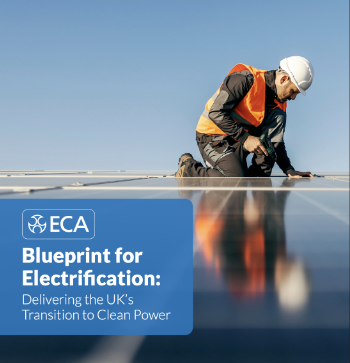Health and wellbeing at Kings Cross
The King’s Cross Central regeneration project is one of the largest in Europe at 67 acres.
The development is opening up a part of the city which may be well known to locals but, until recently, was largely hidden to the millions of people who pass through King’s Cross and St Pancras stations every week. With new homes, jobs, restaurants and public spaces, this development offers a number of ways of improving health and wellbeing in the local community.
People living around this formerly industrial urban site have significant levels of deprivation in relation to health, crime, unemployment, housing and environmental conditions. Working in partnership with Islington, Camden council’s vision for the site is to be ‘stronger, healthier, safer, more economically successful and very sustainable, with excellent services.’
Elements of healthy communities came across strongly in the consultation with the local community asking for ‘cleaner, safer streets, jobs, homes including those that are affordable, green spaces, shopping, community, leisure and better healthcare and leisure facilities again including those that are affordable.’
The King’s Cross Opportunity Area Planning and Development Brief sets out a clear vision for tackling health inequalities and regenerating the area to provide health and wellbeing benefits for new residents and visitors.
The brief explains how the council expects the project to address health and minimise impacts throughout the design and construction process. This has resulted, for example, in the £2m purpose-built Construction Skills Centre which provides training, apprenticeships and employment advice for jobs in the construction sector.
The design vision is for a high-density mixed-use sustainable development with access to amenities and high-quality open space. The brief emphasises the following requirements:
- Connectivity within and beyond the site.
- Streets designed for people.
- Mixed uses and active frontages.
- Integration of uses across the site.
- Cultural and leisure activities which promote and respond to local culture, youth, sports, media and art.
- Open space and public realm (in various forms) which integrates multiple activities and ages.
- Environmental sustainability.
- Affordable housing.
- High-quality design throughout.
- Integrated transport.
- Appropriate provision of facilities and services (crèche, schools, play areas, community meeting spaces, and healthcare facilities).
The King’s Cross Central site construction continues throughout 2016, but early phases demonstrate that these principles have been carried into the design and construction, resulting in a place will benefit local communities and visitors.
This article was originally published at www.sustainablevalues.net and republished by BRE Buzz on 24 Aug 2016 by Helen Pineo.
--BRE Buzz
[edit] Related articles on Designing Buildings Wiki
Featured articles and news
ECA Blueprint for Electrification
The 'mosaic of interconnected challenges' and how to deliver the UK’s Transition to Clean Power.
Grenfell Tower Principal Contractor Award notice
Tower repair and maintenance contractor announced as demolition contractor.
Passivhaus social homes benefit from heat pump service
Sixteen new homes designed and built to achieve Passivhaus constructed in Dumfries & Galloway.
CABE Publishes Results of 2025 Building Control Survey
Concern over lack of understanding of how roles have changed since the introduction of the BSA 2022.
British Architectural Sculpture 1851-1951
A rich heritage of decorative and figurative sculpture. Book review.
A programme to tackle the lack of diversity.
Independent Building Control review panel
Five members of the newly established, Grenfell Tower Inquiry recommended, panel appointed.
Welsh Recharging Electrical Skills Charter progresses
ECA progressing on the ‘asks’ of the Recharging Electrical Skills Charter at the Senedd in Wales.
A brief history from 1890s to 2020s.
CIOB and CORBON combine forces
To elevate professional standards in Nigeria’s construction industry.
Amendment to the GB Energy Bill welcomed by ECA
Move prevents nationally-owned energy company from investing in solar panels produced by modern slavery.
Gregor Harvie argues that AI is state-sanctioned theft of IP.
Heat pumps, vehicle chargers and heating appliances must be sold with smart functionality.
Experimental AI housing target help for councils
Experimental AI could help councils meet housing targets by digitising records.
New-style degrees set for reformed ARB accreditation
Following the ARB Tomorrow's Architects competency outcomes for Architects.
BSRIA Occupant Wellbeing survey BOW
Occupant satisfaction and wellbeing tool inc. physical environment, indoor facilities, functionality and accessibility.
























